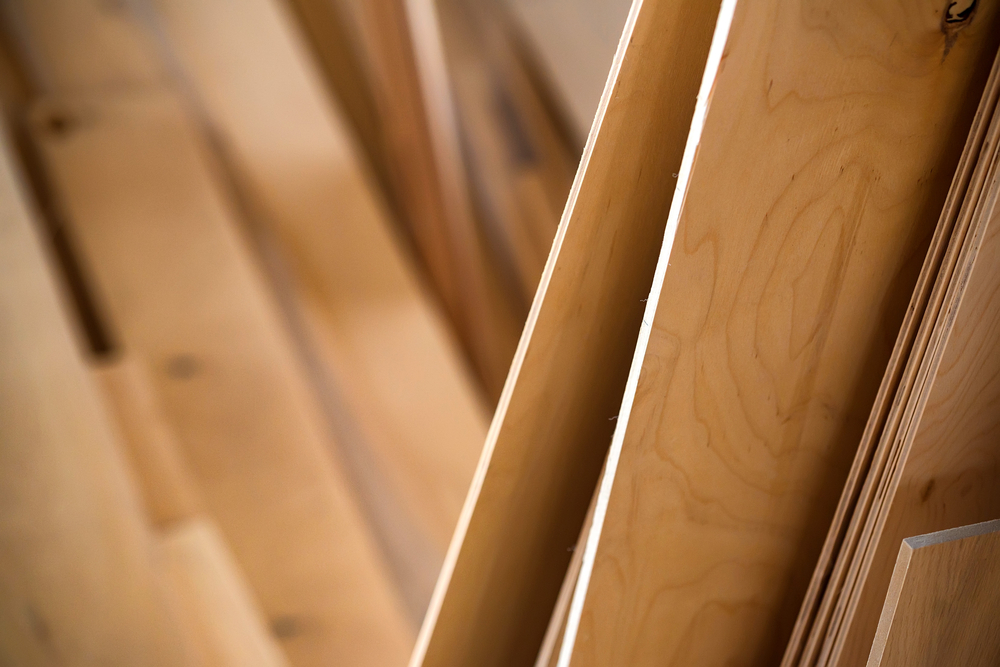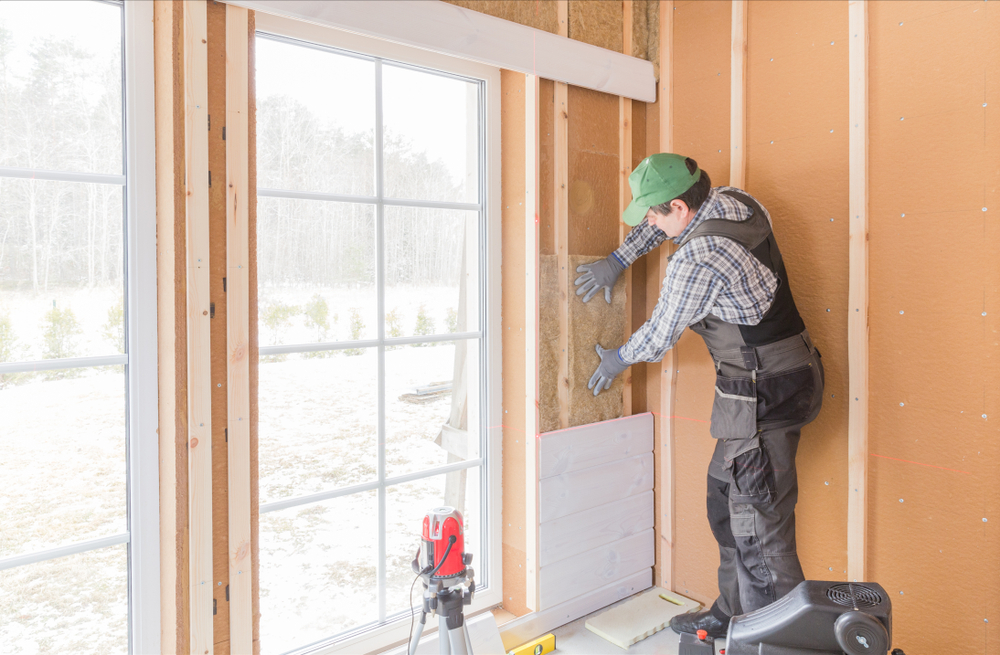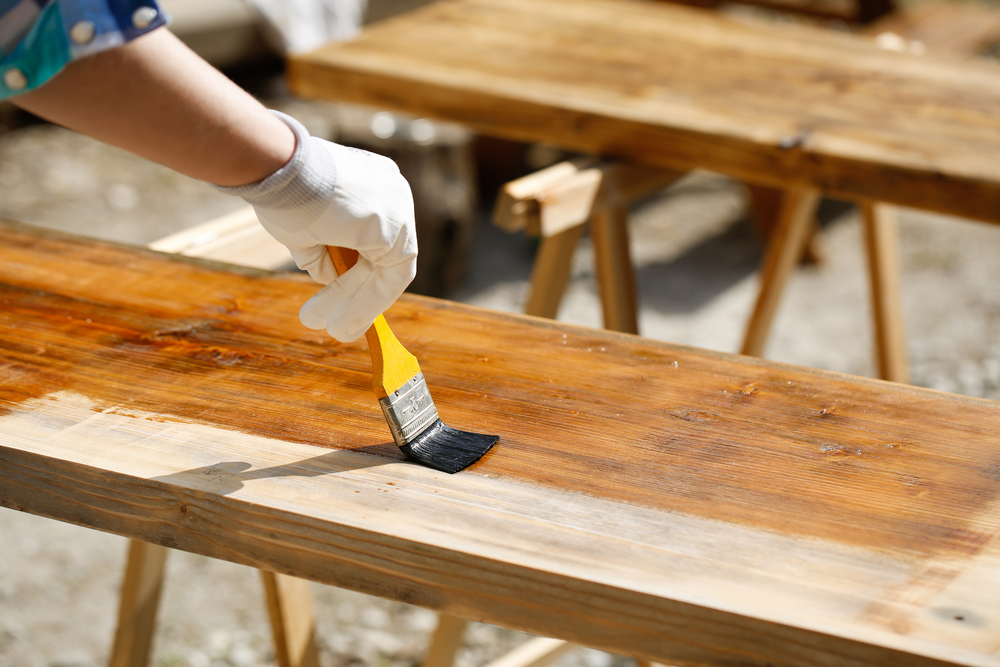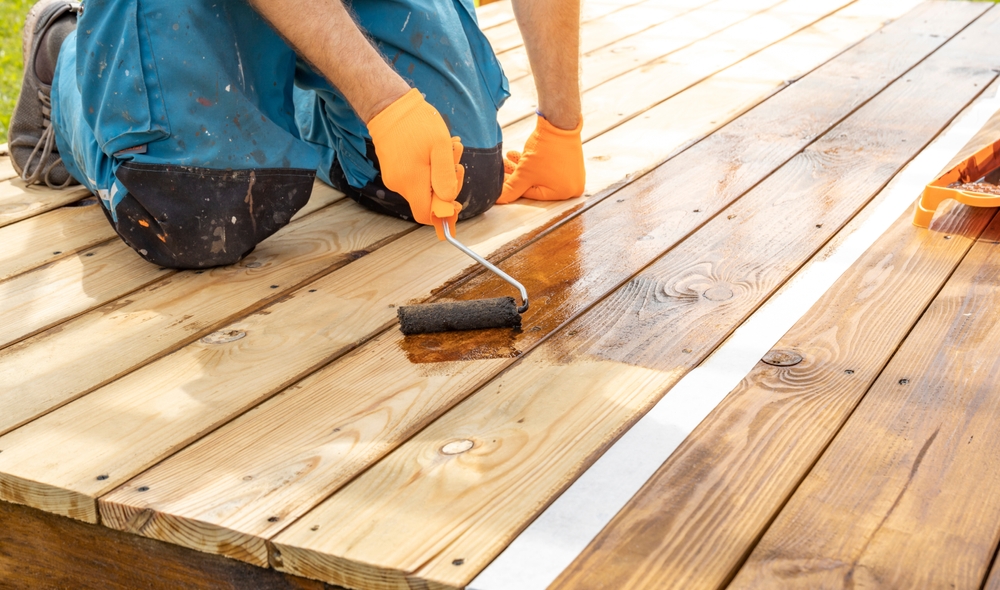Understanding Window Glazing Putty
Window glazing putty is a crucial material used in securing glass panes to window frames. This sealing compound has been used for centuries to ensure windows remain weatherproof. It plays a significant role in both traditional and modern window installations.
The Basics of Window Glazing Putty
Glazing putty is typically composed of a mixture of linseed oil and calcium carbonate. This blend creates a malleable substance that hardens over time. When soft, it can be shaped to fit the contours of windowpane edges. Once applied, it fills gaps and imperfections in the glass frame interface. As the putty cures, it forms a tight seal that keeps out moisture and air.
Types of Window Glazing Putty
- Traditional Linseed Oil Putty: This is the most common type. It’s praised for its durability and workability. It requires longer drying times compared to modern alternatives.
- Latex-based Putty: Used for its quick-drying properties. It’s more flexible and less prone to cracking but may not last as long.
- Acrylic Putty: Offers strong adhesion and durability. It’s resistant to weather elements but can become rigid over time.
- Butyl Rubber Putty: Known for excellent flexibility and moisture resistance. It’s ideal for joints expected to move or flex regularly.
Application Process
Proper application is vital for effective sealing and aesthetics. Start by cleaning and prepping the window frame and glass surfaces. Remove old putty using a putty knife. Ensure the area is free from dust and debris. Next, apply a thin layer of putty as a bedding compound for the glass. Press the glass pane firmly but gently into the frame. Once in place, roll out a small sausage of putty and lay it along the glass edge. Use a putty knife to smooth and shape the putty, creating a beveled edge.
Smooth continuous pressure while shaping the putty ensures an even look. Cut away excess with a knife, ensuring no gaps remain between the glass and frame. Once applied, allow ample curing time—often between a few days to several weeks depending on the putty type.
Maintenance and Repair
Glazing putty requires periodic inspection to maintain its integrity. Check regularly for signs of cracking, brittleness, or detachment from the frame. Small issues can be repaired by applying fresh putty in damaged areas. For extensive wear or damage, removing old putty and re-glazing the window may be necessary. Regularly painted trim enhances weather resistance and aesthetics. Repaint as needed to protect the underlying putty from extreme elements.
Environmental Considerations
Window glazing putty can impact energy efficiency. A good seal prevents drafts, reducing heating and cooling demands. When choosing putty, consider environmental conditions. In regions with significant temperature fluctuations, choose a putty that maintains flexibility to cope with expansion and contraction.
Use of eco-friendly putty options also contributes to sustainability. Some manufacturers offer putties with reduced volatile organic compounds (VOCs) or made from renewable materials. These options provide environmental benefits and maintain efficacy.
Learning from History
The use of window putty dates back centuries, with first records appearing in the late Middle Ages. Even then, its purpose was largely to protect homes from the weather. Historical buildings often present unique challenges during restoration. Authentic materials like linseed oil putty may be preferred for maintaining architectural integrity. However, modern alternatives can offer more reliable performance.
Understanding the evolution of putty helps appreciate technological advancements in building materials. It underscores the move towards improved efficiency and durability seen in contemporary construction practices.
Modern Uses and Innovations
Today’s glazing putty isn’t limited to window applications. It’s used for sealing various glass-related projects, such as greenhouses and decorative glass installations. Self-adhesive putty tapes and rolls offer quick solutions, ideal for time-sensitive projects. Some products include additives for antimicrobial properties or UV resistance, catering to specialized needs.
Manufacturers continue research to enhance putty characteristics. Strides in polymer science contribute to putties with faster curing times or superior weather resilience. Such innovations highlight the continuous improvements in construction and building maintenance tools.
Choosing the Right Putty
Select the glazing putty that suits your specific needs. Consider the type of window and material involved. Assess environmental conditions like climate or exposure to direct sunlight. Evaluate the time available for application and curing. Professional installers might have preferences based on experience or compatibility with specific window systems.
Seeking advice from industry professionals or specialized retailers can provide insights into the best products for your project. Knowledge of product specifications and intended applications can make a substantial difference in longevity and performance.
Future of Window Glazing Putty
While traditional formulas remain popular, the future of glazing putty will likely see more alignment with sustainability goals. With an increased focus on environmental impacts, expect developments in biodegradable or recyclable putty materials. Innovative putties could integrate smart features, such as indicators for thermal efficiency loss or humidity. Such advancements can enhance residential and commercial building maintenance strategies.
As energy efficiency becomes a central concern in architecture and construction, window glazing putty’s role becomes even more critical. Optimizing the sealing of windows will contribute significantly to reducing energy consumption, supporting global environmental targets.






